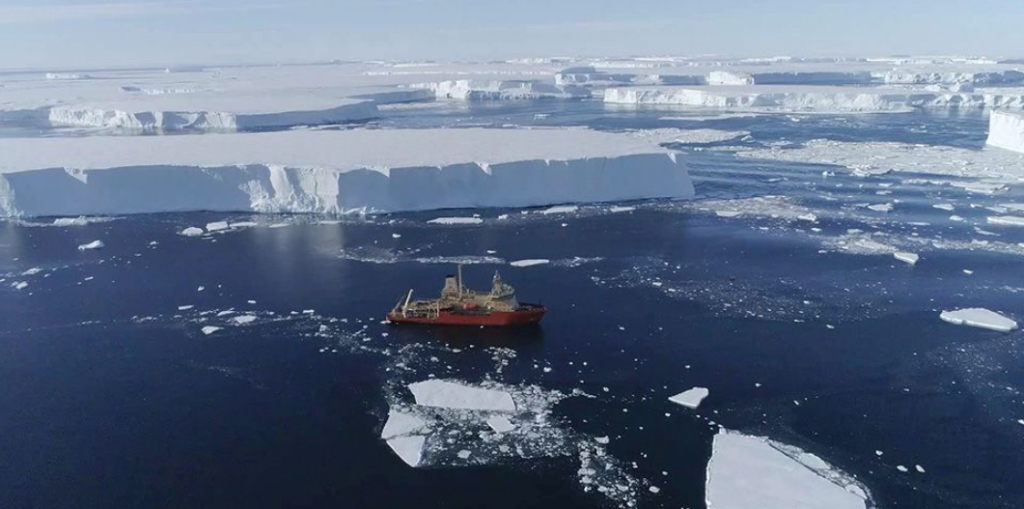Researchers announced this week that a giant glacier in Antarctica is at risk of melting faster than previously predicted.
According to a study published Monday in the journal Nature Geoscience, Antarctica’s Thwaites Glacier dubbed the “doomsday” glacier due to the consequences that could occur if it continues to melt, is capable of shrinking twice as fast as it has in recent years.
“Doomsday Glacier” in Antarctica Could Melt Faster Than Anticipated – Study Say

The study looked at how the body moved in the past to predict how it might move in the future. The findings were based on the imprints of the Thwaites Glacier on the seabed, which allowed researchers to track the glacier’s movements along the seafloor up to a century ago. Until now, satellite imaging has provided information on glacier movements dating back only about 30 years.
According to NBC News, the Thwaites is about the size of Florida and accounts for about 5% of Antarctica’s contribution to global sea-level rise.
However, if the glacier collapses, the oceans could rise by up to 2 feet around the world, according to the outlet. Previous research has suggested that this could happen as soon as 2031.
Around 100 years ago, the glacier was shrinking at a rate of over 1.3 miles per year, which was twice as fast as its movements from 2011 to 2019.
According to Yahoo News, the glacier’s “Doomsday” moniker comes from the potential impact it would have on the planet if it retreated.
“Just a small kick to Thwaites could lead to a big response,” Graham said in a news release.
Warming waters, according to researchers, are weakening and thinning the glacier’s ice shelf. As time passes, it may decouple from its underwater ridge, rendering it unstable.
“Thwaites ticks several boxes of a glacier that might be experiencing a faster retreat in the future: It is retreating back into a deeper basin; it is in contact with warm ocean currents; it has a large catchment area that stores large amounts of ice,” Wahlin said.
Thwaites Glacier, one of Antarctica’s largest, covering an area roughly the size of Florida, contributes only about 5% of Antarctica’s contribution to global sea-level changes.
Previous research, however, suggested that the ice shelf could collapse into the ocean as soon as 2031. The collapse of the entire glacier into the oceans could result in a 2-foot rise in global sea levels. Its future behavior has been closely studied, and it is regarded as a predictor of the effects of climate change.
“Exactly how big a threat it is unfortunately still difficult to answer — but the fact that we finally have a data point that the models can tie back to is an important part of the puzzle,” Wahlin said.
Leave a Reply